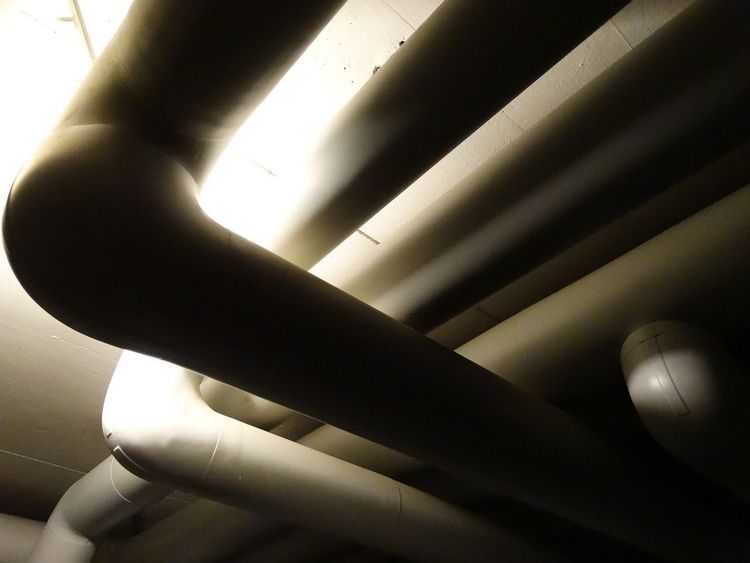The Rise of AI Art: Bridging Mathematics and Creativity
As artificial intelligence (AI) technology evolves, AI painting emerges as one of the most intriguing developments in the visual arts. By utilizing deep learning algorithms, AI can generate hyper-realistic images, creating stunning works of art that are fundamentally grounded in mathematical principles.
Mathematical models serve a critical function in AI painting. They help in defining and interpreting visual information, enabling computers to analyze and process images effectively. Additionally, these models are integral in training deep learning systems for automated image generation.
At the core of AI painting is deep learning, a technique capable of producing high-quality images. These models learn from extensive datasets, discerning and replicating specific characteristics of different images. Through layered data processing and feature extraction, deep learning automates complex tasks, resulting in seamless image creation. Common deep learning models include Convolutional Neural Networks (CNNs), Recurrent Neural Networks (RNNs), and Generative Adversarial Networks (GANs).
CNNs are widely employed for image classification and recognition. In this network, each neuron's weights are linked to local pixels in an image, effectively capturing its spatial features. RNNs excel in handling sequential data, generating new sequences by leveraging historical information, which is particularly useful in voice and natural language processing. GANs comprise two components: a generator that synthesizes highly realistic images and a discriminator that evaluates their authenticity. This iterative training process continually refines the realism of the generated outputs.
Beyond neural networks, mathematical models also enhance and control the quality of generated images. For instance, Variational Autoencoders (VAEs) employ unsupervised learning techniques to produce images by deciphering latent variables, allowing users to manipulate these variables to tailor the style and features of the output.
Challenges and Future Trends in AI Painting
Although mathematical models have made AI painting a reality, the field faces various challenges. While AI can produce realistic images, it lacks the creativity, inspiration, and originality that define human artistry. Furthermore, ethical issues arise surrounding copyright infringement and the unauthorized use of individuals' images. Therefore, it is essential to approach the development of AI painting with caution and responsibility.
The fusion of mathematical knowledge and artistic creativity is crucial for fostering innovation in AI painting. This intersection represents a powerful blend of mathematical and technological cultures, highlighting the significant role of mathematical models in real-world applications. By harnessing deep learning and diverse mathematical frameworks, AI painting not only deepens our understanding of images but also inspires artistic creativity.
Looking to the future, the collaboration of mathematical insight and artistic vision promises to yield a profound and transformative impact on the realms of art and technology.







